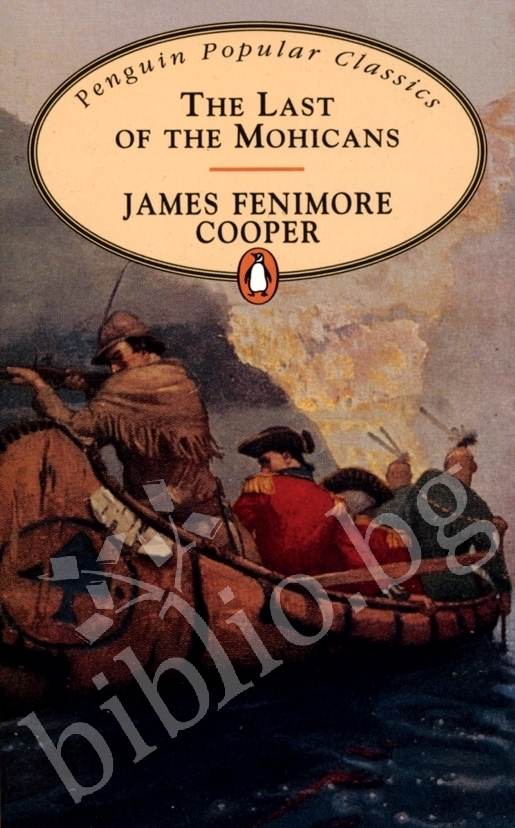
The character of Magua, a straightforward villain in the novel, is made more complex by the virtue of talented actor Wes Studi. The dark-haired and independent Cora is promoted from sacrificial lamb to romantic heroine and given a subplot meant to demonstrate the opportunities offered by the American frontier that life in Britain could not provide. Other changes were made to modernize the source material for audiences in the 1990s. All they had to do was rework Cooper's racist assumptions with primary source history. Bougainville wrote a diary that "literally told us what happened every single day of August 1757," Mann told Hitflix. "We're still here."Ĭlearly, Michael Mann had his work cut out for him in order to rescue "The Last of the Mohicans." Thankfully, he had a secret weapon in the diary of Louis Antoine de Bougainville, the man who named the flower bougainvillea. "When we talk about it, we laugh at it because it's so wrong," she told Indian Country Today. It's enough to drive folks like Molly Miller, the chairwoman of the Stockbridge-Munsee Community Band of Mohican Indians, up a wall.

Rather than an elegiac tale of a people doomed by greed, "The Last of the Mohicans" is instead an ahistorical fantasy concocted by a pulp writer whose audience took his words for gospel because they didn't know any better.


 0 kommentar(er)
0 kommentar(er)
